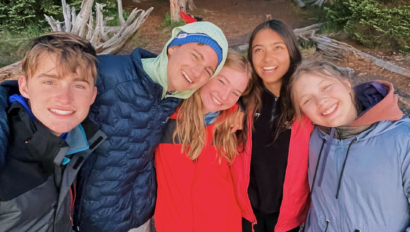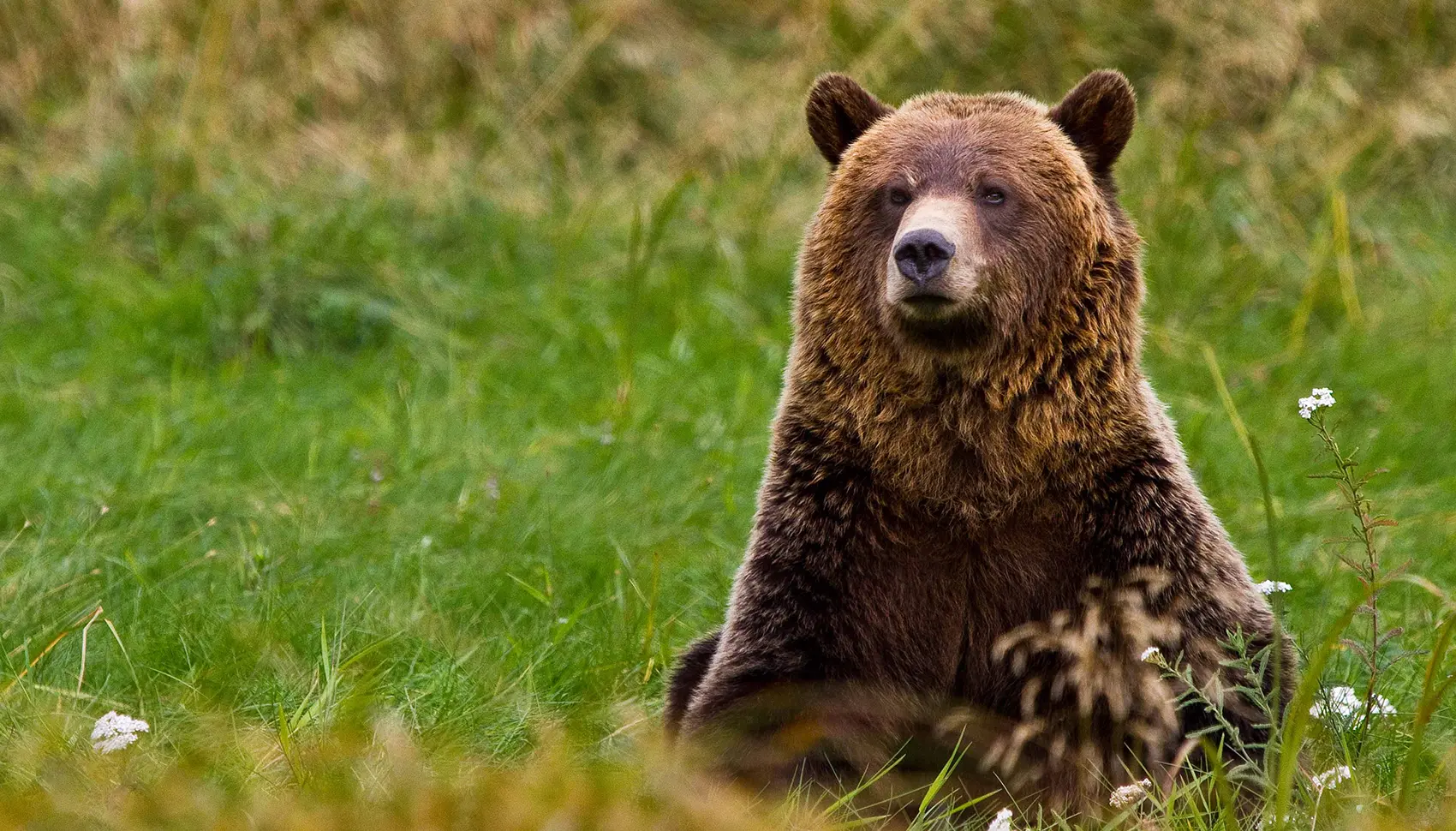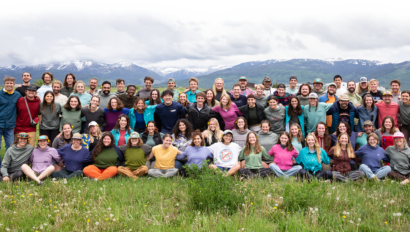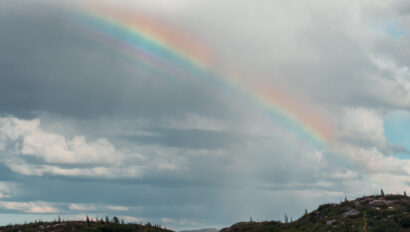
In my first summer working with kids in Wyoming, I desperately wanted to see a bear. Being a kid from Illinois, I had only seen bears in zoos. I was attracted to Wyoming because it was wild and unfenced, and I wanted to see that up close.
When I expressed this desire to a mentor, who had lived his whole life in Wyoming, he casually, and without drama stated: ‘You stay here long enough, you’ll see bears and other wildlife…’ Then he offered another piece of advice that has stayed with me to this day. ‘And when you do, respect ‘em.’
Twenty years later, I have seen hundreds of bears, both black and brown (grizzly), on trails and pathways in Idaho, Montana, Wyoming and Alaska, and I can honestly say that my mentor’s advice is some of the best I ever received.
Prior to our summer season, many parents call to ask us about encounters with wildlife (and most often these lead to questions about bears). And as I write this blog, it is my desire to convey two things. First, to see wildlife in their natural habitat about as amazing as it gets. And second, at WA, we approach such encounters and such potential encounters with the highest degree of respect for these wild creatures.
Many of us have had wildlife encounters of some sort in our everyday lives. Maybe it is the hummingbird that has come to your feeder. Or the red tail hawk along the highway. Maybe it is the deer crossing the golf course or the bullfrog in the pond. In all of those encounters, a touch of the wild comes to us for a moment, and we are struck with awe. We do not need to be in the wilds of Africa to appreciate the intentional hovering of a hummingbird, or the impressive leaps and bounds of a deer. And as we appreciate these smaller natural moments, the larger ones can have a powerful impact on our appreciation of what is wild. Consequently, seeing a black bear eat berries along the trail or a grizzly bear play with her cubs can provide a level of appreciation and enjoyment that is profound.
Nevertheless, enjoyment has to be predicated by being in a relaxed or ‘safe’ state where you can take in the moment embrace it for all its glory. On our trips, a student can surf in Half Moon Bay and watch gray whales crest in the distance. They also might find themselves in Grand Teton National Park and have an elk bugle just steps away. In Africa, they might witness a lion on the hunt or a student might and sit on the edge of a river in Alaska and watch a grizzly bear and her cub fish for their summer food. These moments can and will happen on our trips, and we work diligently to make sure that these moments happen where we can snap photos and embrace the moment. To say these encounters have been awe-inspiring for our trip groups does not do them justice. They take our breath away and remind us of the wild earth on which we live.
Still, we train our staff and students to have a healthy respect for these moments because we are acutely aware that sudden encounters can happen. Personally, I have had a few encounters with bears whose curiosity brought them through my camp as the smells of breakfast or dinner were rising above the campfire. However, due to that sage advice of my old friend, ‘Respect ‘em,’ I have always known that encounters like this were a possibility. We were surprised but prepared, and as we all banged our pots and pans together (making noise to move the bear along), we all marveled at the speed of the bear as he took off the other direction (and we were disappointed that they moved off too quickly to capture a picture).
We teach this respect to all of our students when it comes to wildlife. We do so not just to make for the best possible trip but also because it is the best practice for a life spent engaging in the outdoors. When we enter wild spaces, we must never forget that we share this earth with our other animal friends. And like the lives we live with our fellow trip participants, we respect ‘em.


